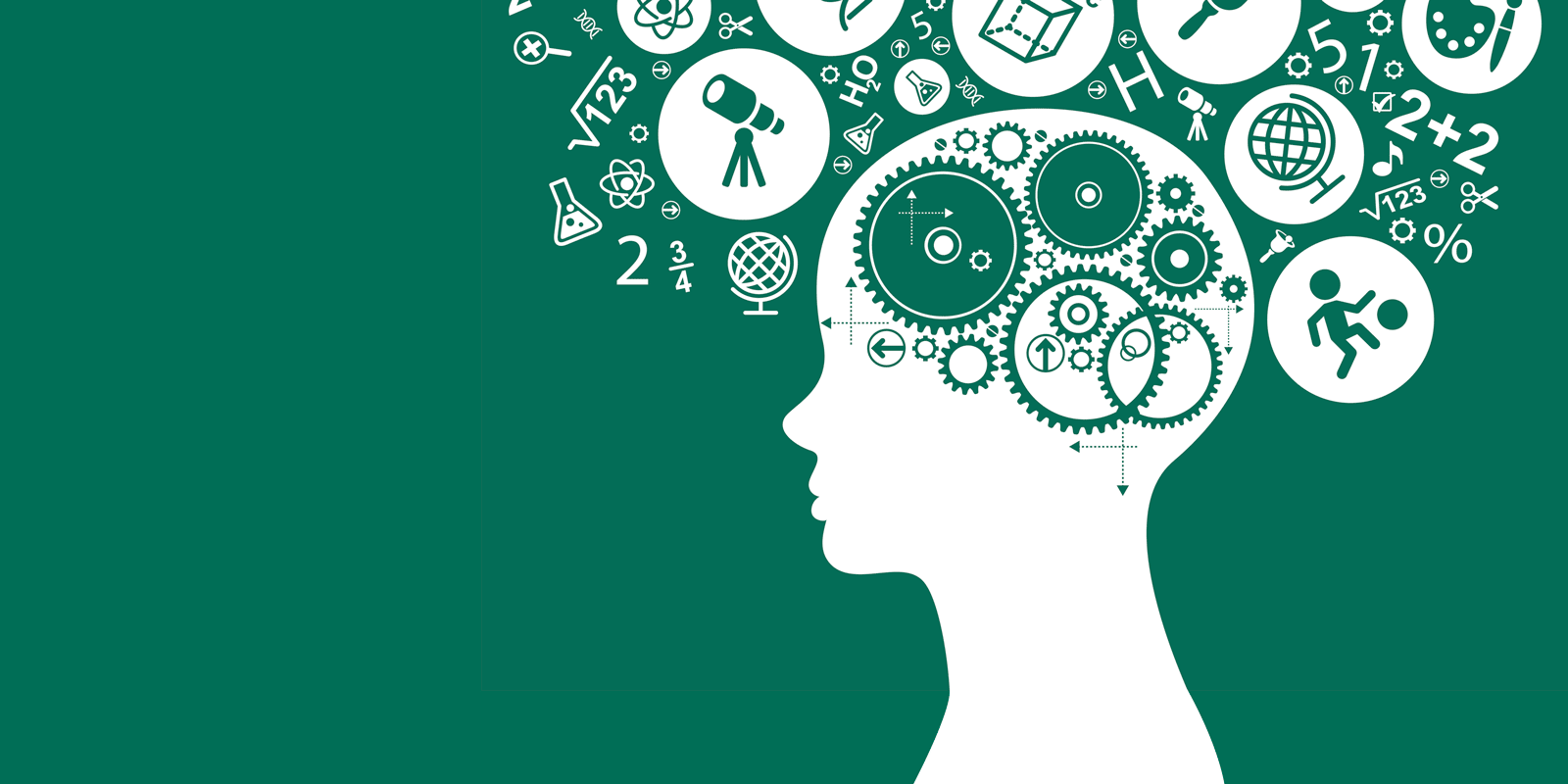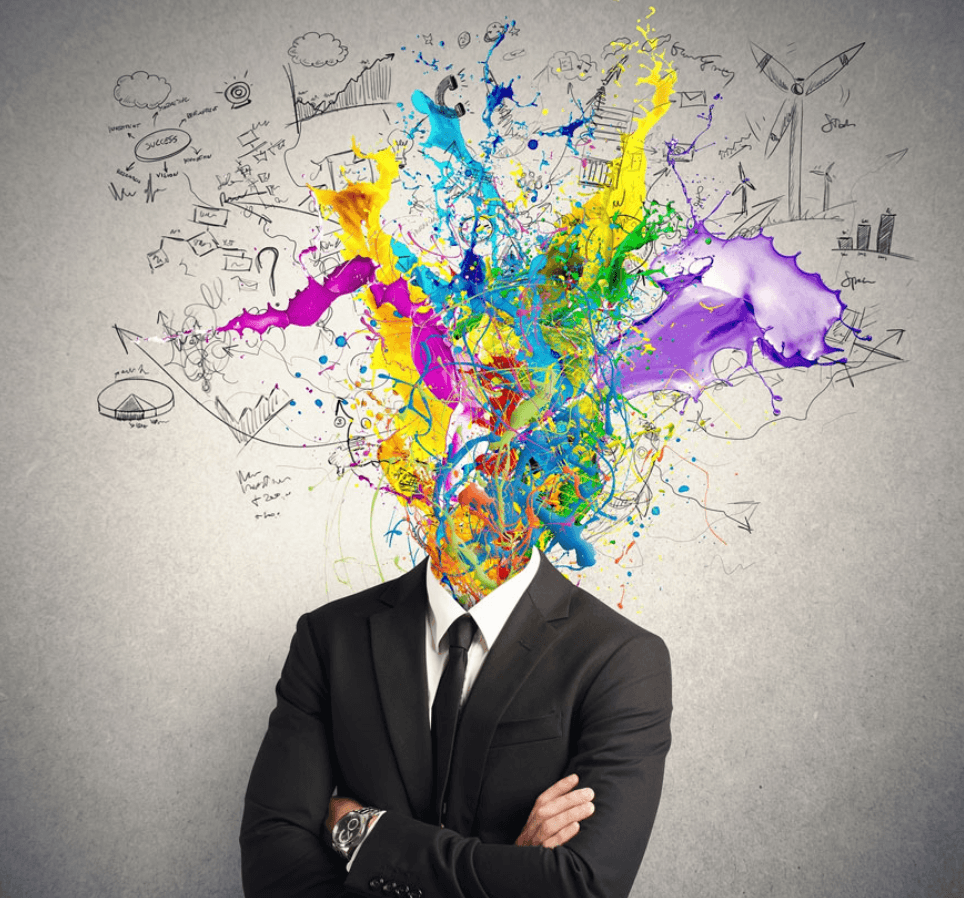The Psychology of Creativity: Unraveling the Mysteries of Innovation and Imagination
Creativity is a multifaceted and elusive phenomenon that has intrigued scholars, artists, and thinkers throughout history. From breakthrough inventions and artistic masterpieces to innovative problem-solving and original ideas, creativity permeates every aspect of human endeavor. In this article, we delve into the psychology of creativity, examining its cognitive processes, environmental influences, and practical implications for fostering innovation and imagination in individuals and society.
Understanding Creativity: A Multidimensional Construct Creativity is often defined as the ability to generate novel and valuable ideas or solutions that depart from conventional thinking. However, creativity is not a monolithic trait but rather a complex interplay of cognitive, affective, and environmental factors. Psychologists have proposed various models of creativity, highlighting different aspects such as divergent thinking, associative thinking, and the ability to overcome functional fixedness—the tendency to perceive objects and concepts in fixed, conventional ways.
Creativity is often defined as the ability to generate novel and valuable ideas or solutions that depart from conventional thinking. However, creativity is not a monolithic trait but rather a complex interplay of cognitive, affective, and environmental factors. Psychologists have proposed various models of creativity, highlighting different aspects such as divergent thinking, associative thinking, and the ability to overcome functional fixedness—the tendency to perceive objects and concepts in fixed, conventional ways.
One influential model of creativity is the "Four Ps" framework proposed by psychologist James C. Kaufman, which identifies four key components: person, process, product, and press. The "person" component refers to individual differences in creativity, such as personality traits, cognitive abilities, and domain-specific expertise. The "process" component pertains to the cognitive processes involved in creative thinking, such as problem-solving, idea generation, and insight. The "product" component refers to the outcomes of creative endeavors, including original ideas, works of art, and innovative solutions. Finally, the "press" component encompasses the environmental factors that influence creativity, such as social norms, cultural values, and organizational climate.Cognitive Processes of Creativity
Creativity involves a complex interplay of cognitive processes that enable individuals to generate novel and useful ideas. One such process is divergent thinking, which involves generating multiple solutions to a problem or exploring different possibilities without adhering to conventional constraints. Divergent thinking is characterized by fluency—the ability to produce a large number of ideas, flexibility—the ability to switch between different conceptual categories, and originality—the ability to generate ideas that are unique and unconventional.
Another important cognitive process in creativity is associative thinking, which involves making connections between seemingly unrelated concepts or ideas. Associative thinking allows individuals to draw on their knowledge and experiences to generate novel combinations and insights. This process often occurs through analogical reasoning, metaphorical thinking, and pattern recognition, enabling individuals to reframe problems, identify alternative perspectives, and generate creative solutions. Additionally, creativity is facilitated by the ability to overcome functional fixedness—the tendency to perceive objects and concepts in fixed, conventional ways. By breaking free from preconceived notions and mental blocks, individuals can explore new possibilities and discover innovative solutions to problems. This process often involves cognitive restructuring, lateral thinking, and reframing, allowing individuals to approach problems from unconventional angles and generate novel insights.
Additionally, creativity is facilitated by the ability to overcome functional fixedness—the tendency to perceive objects and concepts in fixed, conventional ways. By breaking free from preconceived notions and mental blocks, individuals can explore new possibilities and discover innovative solutions to problems. This process often involves cognitive restructuring, lateral thinking, and reframing, allowing individuals to approach problems from unconventional angles and generate novel insights.
Environmental Influences on Creativity
While individual differences in creativity play a crucial role, environmental factors also exert a significant influence on creative thinking and behavior. The social environment, organizational culture, and situational context can either facilitate or inhibit creativity, depending on factors such as autonomy, collaboration, risk-taking, and intrinsic motivation.
Research has shown that environments characterized by psychological safety, open communication, and supportive feedback are conducive to creativity. In contrast, environments that are rigid, hierarchical, or overly controlling can stifle creativity by imposing constraints, discouraging experimentation, and penalizing failure. Similarly, cultural factors such as norms, values, and social expectations shape individuals' attitudes towards creativity and influence their willingness to take risks, challenge conventions, and pursue original ideas.
Moreover, situational factors such as time pressure, resource constraints, and task complexity can impact creative performance. While some individuals thrive under pressure and uncertainty, others may struggle to generate creative ideas in stressful or demanding situations. Therefore, creating conditions that allow for autonomy, flexibility, and experimentation is essential for fostering creativity and innovation in individuals and organizations. Practical Implications for Fostering Creativity
Practical Implications for Fostering Creativity
Understanding the psychology of creativity has important implications for fostering innovation and imagination in various contexts, including education, the workplace, and creative industries. By leveraging insights from cognitive psychology, organizational behavior, and creativity research, educators, managers, and policymakers can create environments that nurture creative thinking and foster a culture of innovation.
In education, for example, promoting inquiry-based learning, problem-based learning, and project-based learning can encourage students to explore diverse perspectives, experiment with new ideas, and develop their creative potential. Providing opportunities for collaboration, reflection, and constructive feedback can also enhance students' creative skills and foster a growth mindset towards creativity.
Similarly, in the workplace, organizations can adopt strategies such as design thinking, brainstorming sessions, and innovation labs to stimulate creative thinking and problem-solving. Encouraging a culture of experimentation, tolerance for failure, and recognition of diverse perspectives can empower employees to unleash their creative potential and contribute to organizational success. Additionally, providing resources and support for professional development, skill-building, and interdisciplinary collaboration can foster a culture of lifelong learning and continuous innovation. In creative industries such as art, design, and entertainment, understanding the cognitive processes and environmental factors that influence creativity can inform practices such as improvisation, ideation, and experimentation. By embracing uncertainty, embracing ambiguity, and pushing the boundaries of artistic expression, creatives can unlock new possibilities, challenge conventions, and inspire audiences with their innovative visions.
In creative industries such as art, design, and entertainment, understanding the cognitive processes and environmental factors that influence creativity can inform practices such as improvisation, ideation, and experimentation. By embracing uncertainty, embracing ambiguity, and pushing the boundaries of artistic expression, creatives can unlock new possibilities, challenge conventions, and inspire audiences with their innovative visions.
Conclusion:max_bytes(150000):strip_icc()/GettyImages-171095100-56dd8d3d5f9b5854a9f60ce6.jpg) In conclusion, the psychology of creativity offers valuable insights into the cognitive processes, environmental influences, and practical implications of creative thinking and behavior. By understanding the complex interplay of individual differences, cognitive processes, and environmental factors that shape creativity, we can foster a culture of innovation and imagination in individuals and society. Whether in education, the workplace, or creative industries, cultivating creativity is essential for addressing complex challenges, driving progress, and enriching human experience. As we continue to unravel the mysteries of creativity, let us embrace curiosity, embrace experimentation, and embrace the transformative power of imagination to shape a brighter future for all.
In conclusion, the psychology of creativity offers valuable insights into the cognitive processes, environmental influences, and practical implications of creative thinking and behavior. By understanding the complex interplay of individual differences, cognitive processes, and environmental factors that shape creativity, we can foster a culture of innovation and imagination in individuals and society. Whether in education, the workplace, or creative industries, cultivating creativity is essential for addressing complex challenges, driving progress, and enriching human experience. As we continue to unravel the mysteries of creativity, let us embrace curiosity, embrace experimentation, and embrace the transformative power of imagination to shape a brighter future for all.











































